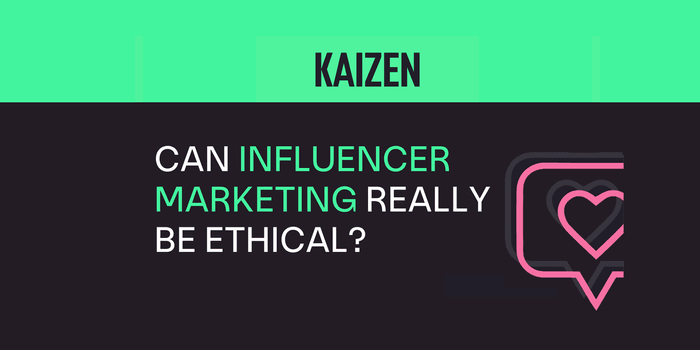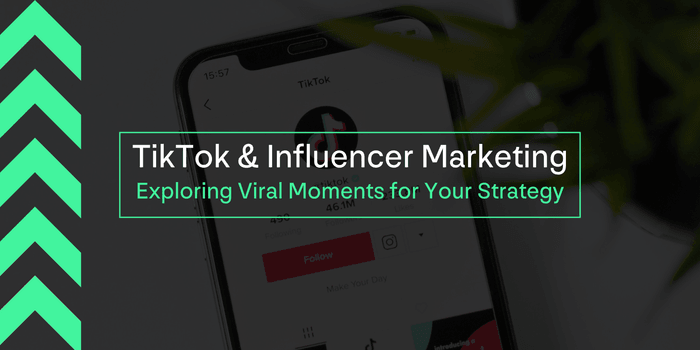Thoughts & Insight
Keep up with the latest from Kaizen
Subscribe For The Latest Kaizen News
News & Opinion
Reports
❝
We have worked with the team at Kaizen on various offsite SEO projects across both adidas and Reebok Europe. The team are knowledgeable, creative, and hard-working and it has been a pleasure to work with them. I would happily recommend Kaizen to brands looking to improve their offsite SEO presence.
Matthew Morrissey, Organic Search Director (SEO & ASO) EU, adidas
❞


















